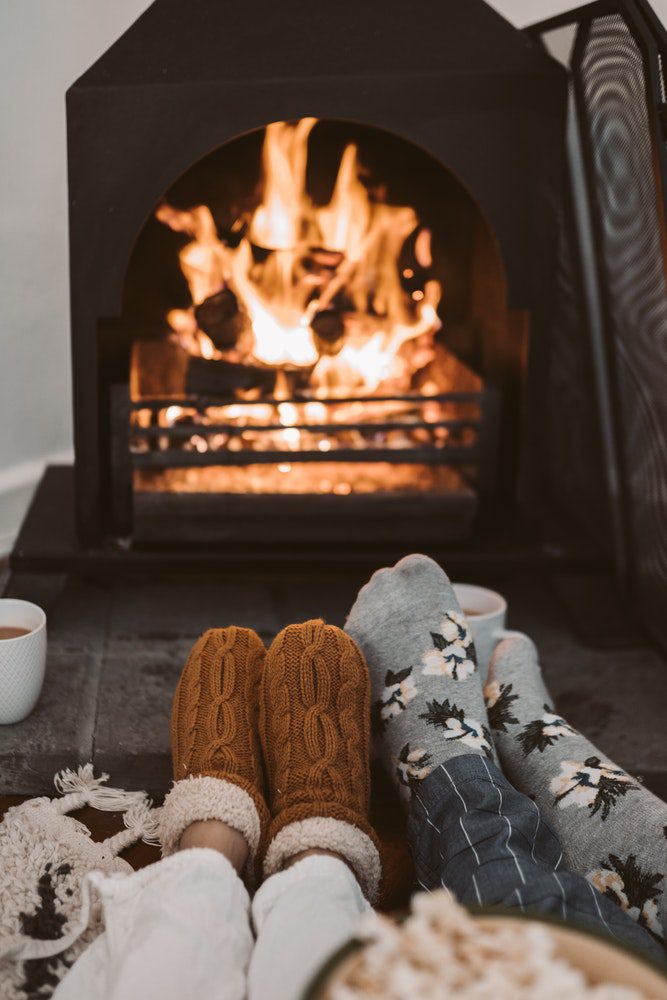Cold winter weather can wreak havoc on your home. It can put a burden on the home’s mechanical and structural systems. Water always runs the potential of damaging your home. However, in parts of the world where water manifests itself as ice for several months, the potential for damage increases exponentially. The following are some tips to minimize the damage caused by freezing temperatures.
Protect Water Pipes
Frozen water pipes have the potential to destroy the interior and exterior of your home. Protect outdoor plumbing fixtures from frigid temperatures. You should disconnect any garden hoses and store them during the winter. Disconnect the water from the outdoor faucets. Drain all water from the lines, and add insulation to the hose bibs. If indoor plumbing pipes travel near exterior walls, monitor them frequently. It is important to review your wall insulation to ensure that it meets recommended standards for the types of pipes running past exterior walls.
Insulating exterior walls, crawlspaces, and spaces in the basement or attic is the best way to protect your pipes. You can add additional insulation around the pipes. If you do not know whether you have sufficient insulation, contact your local utility company. Many utility companies offer free audits that can evaluate energy usage and recommend the R-value of ceiling and wall insulation based on the winter temperatures where you live.
If you have indoor faucets close to exterior walls and are worried that they are not adequately insulated, have your faucets slowly drip water whenever temperatures drop below freezing. You will usually only need to do this during bitter cold weeks. It is recommended that you keep hot and cold lines slightly open since both can be affected by the cold. Also, leave any cabinet doors surrounding your pipes open as these will allow warm air to enter.
Keeping Your House Warm During Winter
The heat from the sun is plentiful and free, so take advantage of it when possible. Open curtains so that sunlight can enter your home. At nighttime, shut your curtains. They serve as an extra layer of insulation and will help keep the rooms in your home warm.
Check for air leaks or gaps. It would help if you filled these immediately to prevent the warm air from escaping and cold air from entering.
Use timers on central heating. You can schedule to have the heat turn on 30 minutes before you get up at a lower temperature. You can turn it up during the day if you need a higher temperature.
Organize your furniture to allow maximum heating. If your sofa is in front of the radiator, it is going to feel warm and comfortable. But this is because your sofa is absorbing heat that could be used to heat your entire home. The same principle applies to curtains and other pieces of furniture. By keeping the space around the radiator clear, you get the most out of your heat source.
Some homeowners have opted to use electric wall heaters. They can add supplemental heat to a room. A radiant heater panel uses infrared heat to radiate warmth to solid objects in the room. They can be a cost-effective way to keep your home at a safe temperature without having your HVAC system working its hardest.
Prepare Your Home for Vacation
If you plan on leaving your home for a long time over the winter months, take steps to protect your home, such as shutting off the water and draining water from your plumbing system. This way, you don?t have to worry about your pipes freezing or exploding while you are gone.
There are several models of freeze alarms that homeowners can purchase. These will monitor the home’s temperature and then send an email message, text message, or a phone call to alert you if the temperatures fall two freezing or subfreezing levels. Many homeowners who travel south for the winter feel that it is a worthwhile investment.
Conclusion
Winter can take a toll on your home. No winterproofing plan is 100 percent foolproof. It is recommended that you keep your homeowner’s policy is updated and that you have the type of coverage needed for the damage that your home might incur from freezing temperatures. Winterizing your home may take a little bit of work. But it is definitely worth the peace of mind you get from knowing that your biggest investment is protected.

As the editor of the blog, She curate insightful content that sparks curiosity and fosters learning. With a passion for storytelling and a keen eye for detail, she strive to bring diverse perspectives and engaging narratives to readers, ensuring every piece informs, inspires, and enriches.










